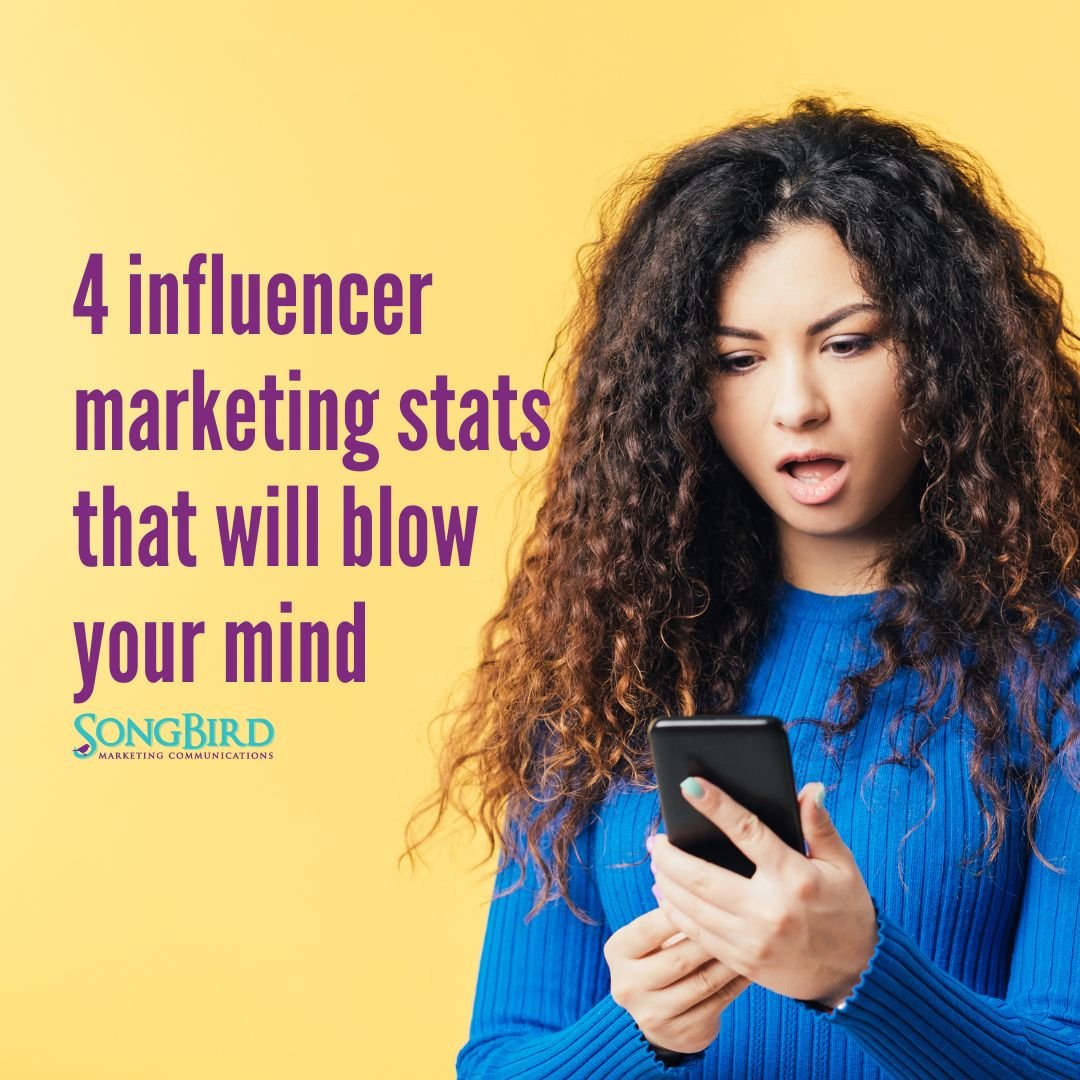4 influencer marketing stats that will blow your mind
If you’re a small business owner on social media, you’ve probably seen other businesses collaborate with influencers, for example, you may have seen sponsored content on Instagram, TikTok, or YouTube. You may even follow some select influencers yourself.
Over the last few years alone, more and more businesses have been turning to influencers to help increase their reach, discoverability, sales, and brand loyalty and more and more people have been turning to influencers for their recommendations.
Whether you’re a small business owner thinking of working with influencers or someone aspiring to be a content creator, we’ve rounded up 4 influencer marketing statistics that will blow your mind!
61% of Consumers Trust Influencers’ recommendations. Only 38% trust branded social media content.
There may be some people who think working with influencers is simply not worth it and while that may be true for some, it’s important not to write them off as something out of your budget or not worth it. So we had to start with this statistic because it really shows the difference between how consumers consider influencers trustworthy versus brands themselves.
Ready for more statistics? Keep reading!
Micro-influencers see up to 60% higher engagement rates than macro-influencers.
It may surprise you to learn that bigger may not be better when it comes to influencers.
First up, let’s define micro vs macro, it may depend on the source/person, but most define Micro-influencers as those with approximately 1000-100,000 followers, while macro-influencers have approximately 100,000 - 1,000,000 followers. It may surprise you to learn that those with less followers could have higher engagement rates but it’s true!
This is because micro-influencers typically have more of a niche and also have a small and loyal community of followers that they can more easily engage with. This means they can stay on top of comments, likes, replies, and more, which helps build trust and loyalty among their followers.
Another plus side of working with micro-influencers? For businesses with more limited resources (i.e. a smaller budget), working with a few select micro-influencers may be easier to work into your budget.
Check out our blog, “Who are micro-influencers and why are they effective?“ to learn more!
56% of all respondents aged 18-44 have purchased a product after seeing it used by an influencer.
If you’ve never purchased a product after seeing an influencer use it, you may be surprised to hear this statistic, but they really do have the power to influence purchase decisions! More than half of one survey's respondents, age 18-44, have purchased a product after seeing it used by an influencer. If your demographic falls somewhere in this age group, it may be useful to keep an eye out for influencers who align with your business and industry.
56% of marketers use TikTok for influencer marketing
TikTok is now the most popular social media platform for influencer marketing, so if your demographic is active on TikTok (i.e. Gen Z), this is likely a good channel to consider when planning an influencer marketing campaign. Although TikTok is the most popular, it may not be right for your business, so here’s a look at the stats for a few other platforms: Instagram (51%), Facebook (42%) and YouTube (38%).
Are you thinking of working with influencers? Check out a few of our other guides (see below) or book a free 20-minute consultation with us!
6 reasons why you need everyday influencers as brand ambassadors
3 things you need to know about small business influencer marketing
Influencer Marketing: The magic happens when you let content creators create

